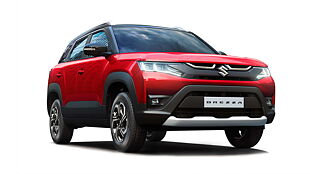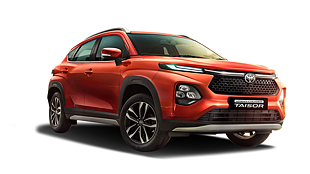
Tata wowed us at the Auto Expo 2020 with the Sierra concept. While for many it rekindled childhood nostalgia, we found something new and interesting that Tata had showcased with the car. It gave us a glimpse into the future of cabin design from the Indian automaker.

We recently had a conversation with Pratap Bose, VP, Global Design and he said that there’s currently a race to make everything larger and larger while enhancing functionality in the cabin. However, this race is expected to reach its peak very soon and would then become a reverse trend, call it if you will a digital detox (Pratap’s words). He emphasised on wireless mediums, voice controls and detachable interactive surfaces as a future for in-car connectivity.

A combination of these three would reduce or eliminate the need for the manufacturer to provide touch displays and dedicated control surfaces. What’s the benefit of this? Apart from changing the way you interact with the vehicle, the biggest benefit of this is that it would create more space in the cabin even for a car with a small footprint.

At 4.25-metres the Sierra concept was not exactly a mammoth in terms of available space but with such advancements, a production-spec Sierra (if they do decide to make it) could be had as a conventional two-row vehicle/three-row vehicle as well as lounges like two-row model where there were a first row and a third row (car in the photos). This would no doubt be enhanced if the car was an electric model where the designers would get the advantage of a flat floor.

As you know, the Tata Sierra was the Indian automaker’s first ever SUV. Designed and developed in house, it sold from 1990 to 2000 and became a vehicular icon for the 90’s Indian generation. Looking to revive one of their iconic brand names, Tata set its sights on the Sierra name plate and the concept you see in the photos might very well be the first step to the revival of the famous moniker.

The concept car managed to hit all the right notes with the media and public thanks to its fancy design as well its modern interpretation of the original Sierra’s rear glass canopy. Put simply, it rekindled nostalgia for those who grew up with it and at the same time had enough modern bits to pique the interest of a new generation of car buyers.
Photos: Kapil Angane & Kaustubh Gandhi

![Tata Nexon [2020-2023] Image Tata Nexon [2020-2023] Image](https://imgd.aeplcdn.com/272x153/n/cw/ec/41645/tata-nexon-right-front-three-quarter3.jpeg?q=80)
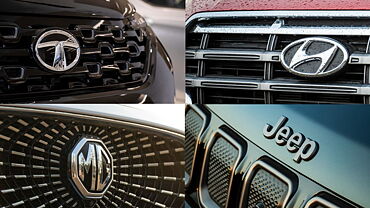
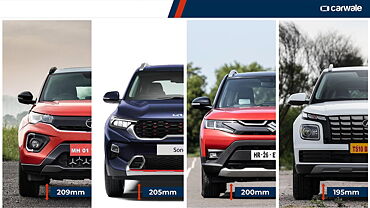
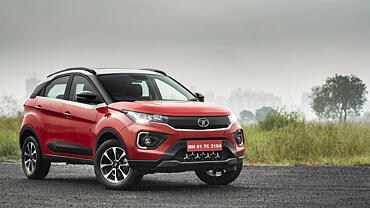
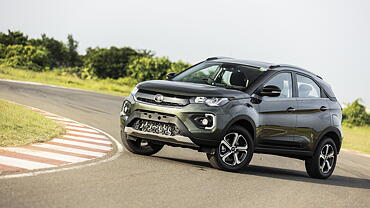
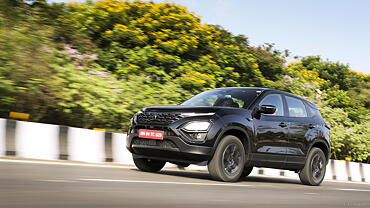



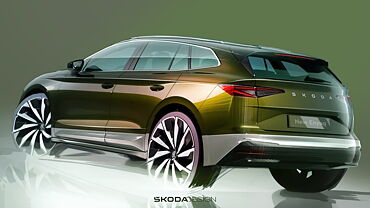


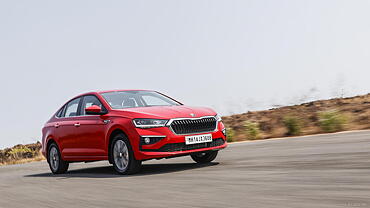



![Tata Nexon [2020-2023] Right Front Three Quarter Tata Nexon [2020-2023] Right Front Three Quarter](https://imgd.aeplcdn.com/199x112/n/cw/ec/41645/tata-nexon-right-front-three-quarter3.jpeg?q=80)
![Tata Nexon [2020-2023] Right Front Three Quarter Tata Nexon [2020-2023] Right Front Three Quarter](https://imgd.aeplcdn.com/199x112/n/cw/ec/41645/nexon-exterior-right-front-three-quarter-57.jpeg?q=80)
![Tata Nexon [2020-2023] Right Side View Tata Nexon [2020-2023] Right Side View](https://imgd.aeplcdn.com/199x112/n/cw/ec/41645/nexon-exterior-right-side-view.jpeg?q=80)
![Tata Nexon [2020-2023] Dashboard Tata Nexon [2020-2023] Dashboard](https://imgd.aeplcdn.com/199x112/n/cw/ec/41645/nexon-interior-dashboard.jpeg?q=80)
![Tata Nexon [2020-2023] Dashboard Tata Nexon [2020-2023] Dashboard](https://imgd.aeplcdn.com/468x263/n/cw/ec/41645/nexon-interior-dashboard-2.jpeg?isig=0&q=80)







